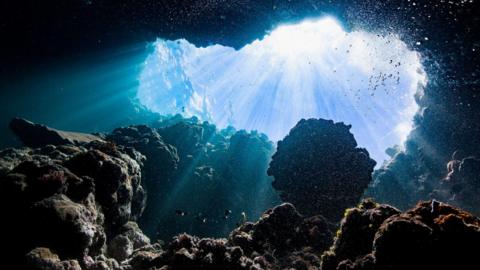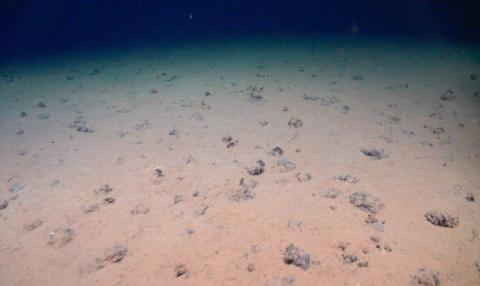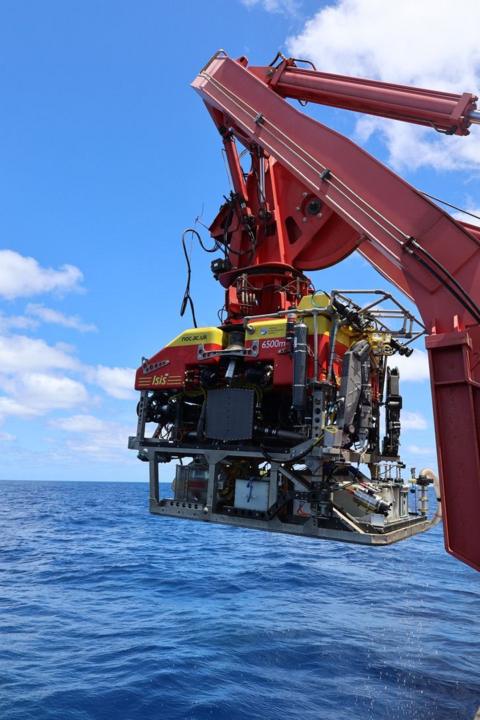Scientists who recently discovered that metal lumps on the dark seabed make oxygen, have announced plans to study the deepest parts of Earth's oceans in order to understand the strange phenomenon.
Their mission could "change the way we look at the possibility of life on other planets too," the researchers say.
The initial discovery confounded marine scientists. It was previously accepted that oxygen could only be produced in sunlight by plants - in a process called photosynthesis.
If oxygen - a vital component of life - is made in the dark by metal lumps, the researchers believe that process could be happening on other planets, creating oxygen-rich environments where life could thrive.


